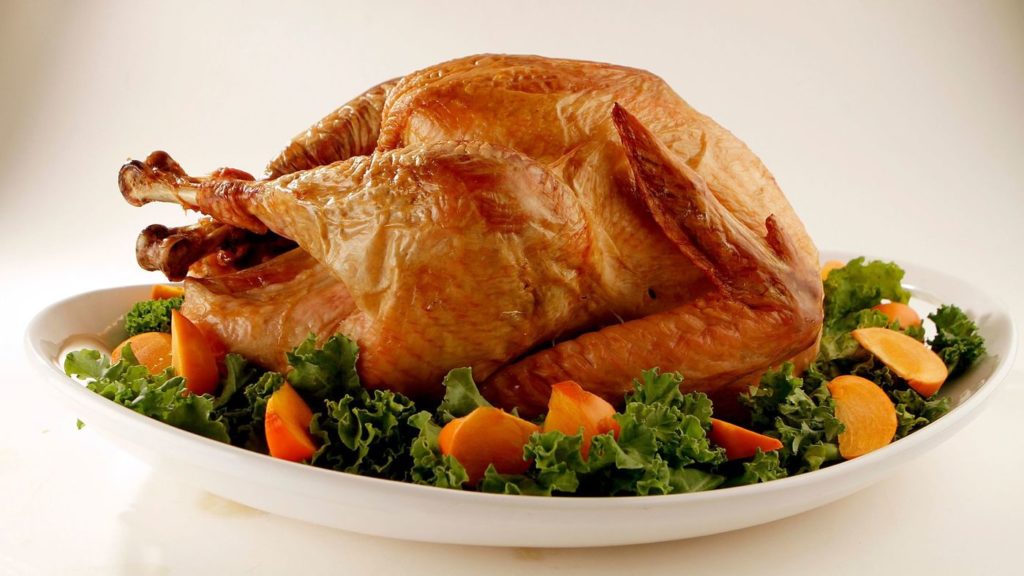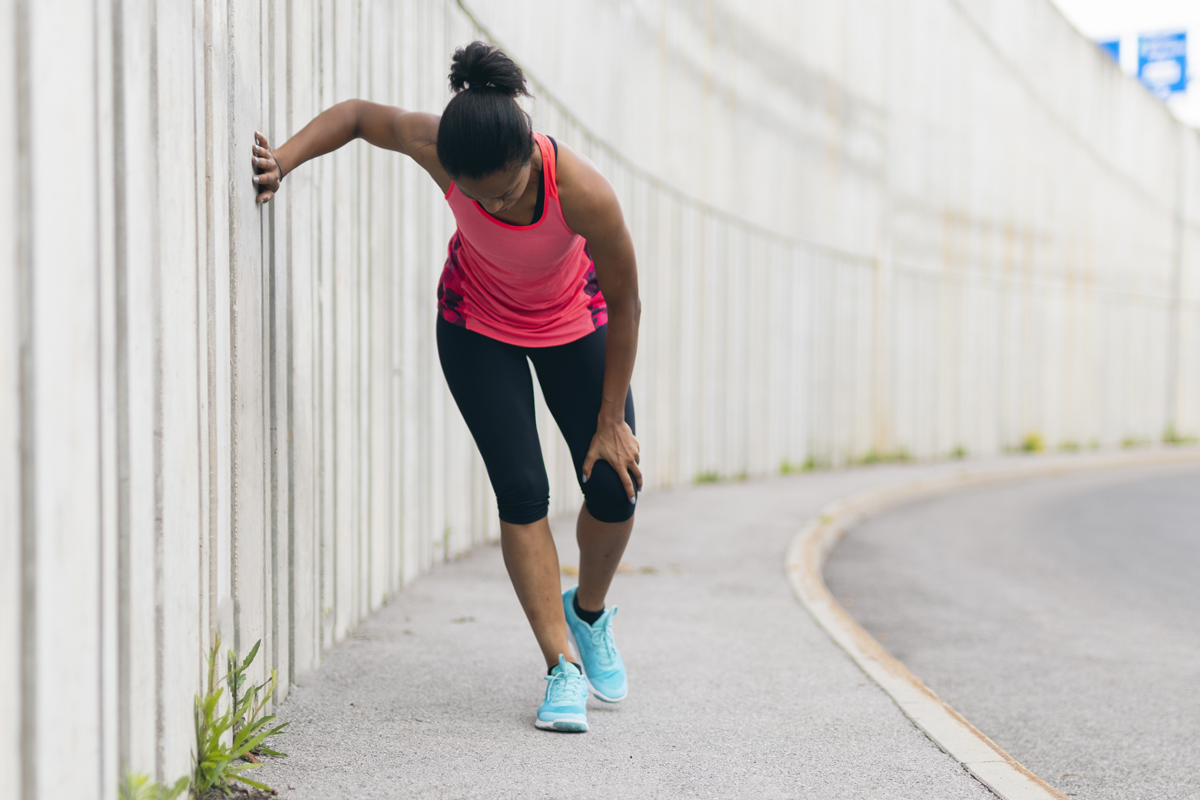Gluten-Free Thanksgiving Sides: 6 Ideas by Katie Ferraro on November 20, 2018

Do you have a gluten-free family member or friend attending Thanksgiving dinner this year?If the thought of trying to make gluten-free Thanksgiving dishes sounds daunting, we’ve got you covered. Here are six delicious ideas for gluten-free Thanksgiving side dishes.
Start With the Stuffing
Traditional stuffing doesn’t work for the gluten-free group because it’s made with bread. Fortunately, gluten-free bread has come a long way in recent years, and many varieties and brands taste every bit as good as their gluten-containing counterparts. You can easily substitute store-bought gluten-free bread in a traditional stuffing recipe. Stick to gluten-free breadcrumbs or make your own from gluten-free bread mixed with shredded cheese to top off the stuffing.
Bright Green Brussels Sprouts Salad
Kick up the color of your Thanksgiving spread by serving a shaved Brussels sprouts salad. Simply shred or very thinly slice raw Brussels sprouts and add lemon juice, olive oil, shredded or shaved Romano cheese, and roasted pistachios, pine nuts or pepitas for a gluten-free side dish that is sure to please everyone’s palate.
Sweet Potato Casserole
Whether you make your sweet potato casserole with or without butter and brown sugar, one of the greatest things about this dish is that sweet potatoes are naturally gluten-free. Both white and orange sweet potatoes are packed with nutrition and are a great carbohydrate-rich side dish to serve your gluten-free guests.
Gluten-free Gravy
Regular gravy is usually thickened with all-purpose flour, which is not an option for gluten-free eaters. Instead, look for recipes that use naturally gluten-free thickeners, such as pureed vegetables or cornstarch, arrowroot or even mashed potatoes.
A Perfect Gluten-free Pie
What’s Thanksgiving without pumpkin pie? Or pecan…or even apple for that matter? But the flour in the pie crust is problematic for those who eat gluten-free. Thankfully, there are a number of alternative grain-free flours available that work well in pie crust recipes. Many recipes require combining gluten-free flour with potato starch, but you can usually find gluten-free ready-prepared pie crusts in the freezer aisle of your grocery store this time of year.
Smoked and Spiced Pecans
If you’re looking for a gluten-free snack that smells and tastes like Thanksgiving, try making your own smoked and spiced pecans. Search for recipes to make “smokehouse nuts” and you’ll find that, in usually less than an hour, you can make a delicious snack or appetizer that doesn’t call for gluten.


 Muscle cramps can stop athletes in their tracks. Although they usually self-extinguish within seconds or minutes, the abrupt, harsh, involuntary muscle contractions can cause mild-to-severe agony and immobility, often accompanied by knotting of the affected muscle (Minetto et al. 2013). And cramps are common; 50%–60% of healthy people suffer muscle cramps during exercise, sleep or pregnancy or after vigorous physical exertion (Giuriato et al. 2018). There is no gender difference with skeletal muscle cramps, but they appear to occur more often in endurance athletes and in the elderly (Naylor & Young 1994).
Muscle cramps can stop athletes in their tracks. Although they usually self-extinguish within seconds or minutes, the abrupt, harsh, involuntary muscle contractions can cause mild-to-severe agony and immobility, often accompanied by knotting of the affected muscle (Minetto et al. 2013). And cramps are common; 50%–60% of healthy people suffer muscle cramps during exercise, sleep or pregnancy or after vigorous physical exertion (Giuriato et al. 2018). There is no gender difference with skeletal muscle cramps, but they appear to occur more often in endurance athletes and in the elderly (Naylor & Young 1994).

